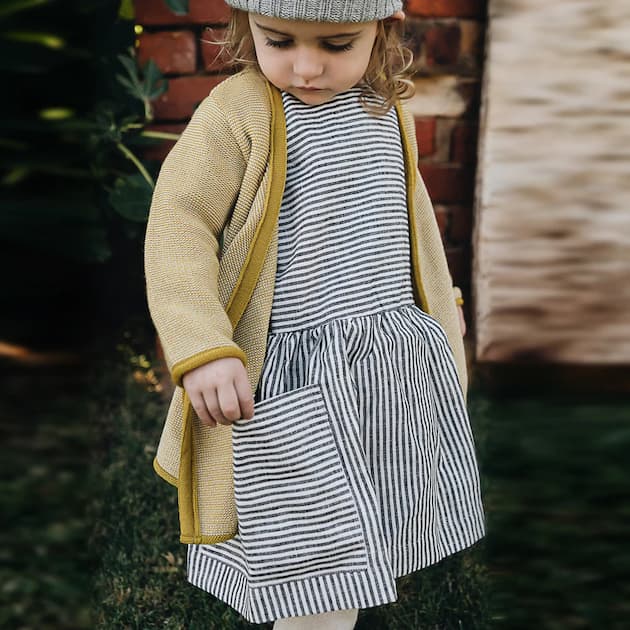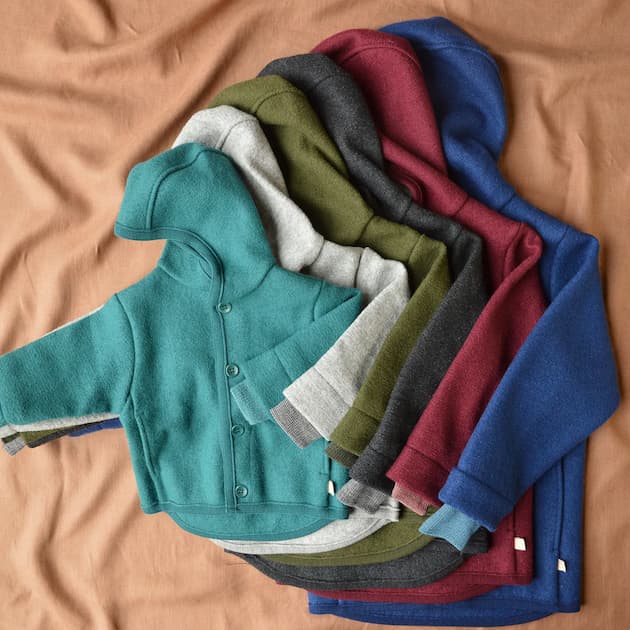Discover the Basics of Reusable Nappies
Are you using disposable or reusable nappies for your baby? Both options are good and get the job done. However, disposable nappies are not eco-friendly and can sometimes irritate your baby’s skin. There are plenty of good reasons why you should turn to reusable nappies and let your newborn’s skin breathe and stay safe.
What are Reusable Nappies?

Reusable nappies are also known as cloth nappies or washable nappies. They’re a wonderful alternative to the disposable ones you buy at the store every week. They can be made of several materials, but cotton is the best alternative. These gentle and natural organic reusable nappies are very soft and won’t harm the baby’s skin.
These nappies have several layers of washable and highly absorbent material. They prevent leaks by safely locking away the fluids. Besides being very reliable and budget-friendly, they’re also eco-friendly. In simple words, an investment worth making.
Parts of the Nappies
Just like the regular diapers, these nappies have several crucial parts that work together to get the job done. The first one is the outer waterproof layer. You can also call it a waterproof cover or a wrap. It acts as a barrier between the nappy and the baby’s clothes. It makes sure that all the moisture stays inside the nappy and it’s a crucial part.
The absorbent part of the diaper is called a nappy. It’s placed inside the wrap and its job is to contain the poo and absorb the pee. The booster part is very important. It boosts the absorbency. It’s a very simple pad made of absorbent fabrics and is usually used during the night. The last part is the liner. This one isn’t absorbent. Its role is to help you remove the poo easily and keep the baby’s skin dry.
Types and Sizes
All in One
These diapers have both waterproofing and absorbency incorporated into a single piece. They’re excellent for childcare and are simple to use. They’re also the first choice of parents that don’t believe in reusable nappies and their benefits or parents who feel overwhelmed by these diapers. All-in-one nappies are slim fitting and great for babies of all ages. Their only downside is the drying time. It can take a while for them to dry. But if you have more pairs, this won’t be an issue.

Just like the name suggests, these nappies have pockets. It can be one pocket in the front or both in the front and the back. All of the absorbency pads are tucked inside those pockets. Once you position the absorbency pads, they’re very simple to use. These organic reusable nappies will dry quicker because you can pull out the inserts.
They’re one of the most popular nappy options among parents because you can easily customise the absorbency with the amount of padding you put in the pockets. Some people find them confusing because of the separate parts but they get used to them quickly. One downside is their longevity. They may not last that much because you need to wash the waterproofing every time.
All In Two
All-in-two nappies have a shell or a waterproof cover. This cover has absorbency that can either snap or lay inside. You don’t need to change the cover each time you change the nappy, unless it is soiled, of course. All you need to replace are the wet absorbent pads. Replace them with fresh ones and the baby’s good to go.
These nappies usually dry quickly. They’re also great when you’re on the move a lot and need a quick change. One con that they have is that you need to change the whole piece if the outer cover is soiled. This is not very ideal for newborn poo. You might want to wait a few months before using all-in-two nappies.
Fitted
These diapers, sometimes referred to as two-parters, are the top pick for overnight nappies. Because they have two layers, they offer superior isolation as well as good absorbency. Many parents only use them at night since they are often thicker than regular diapers.
They’re usually made of soft and gentle materials such as bamboo, cotton and microfibre. On the other hand, these organic nappies can be thicker that the others. This makes them bulkier to store or bring with you wherever you go. And will also take more time to dry.
Flat
Flat nappies are shaped like a square. They need to be folded and used with a waterproof cover inside. They’re very versatile and suitable for babies of all ages. They also dry quickly and can be stored easily. Their only downside is the time it takes to put them on.
Size

In general, all nappies are one size. They can be used from birth to potty. They usually have poppers in the front that will allow you to adjust the length of the fabric and make it grow as the baby grows. In some cases, fitted nappies can come in more sizes.
How Many do You Need?
If you decide you’ll use reusable nappies from the beginning, you should have at least 15 nappies for daytime and 5 nappies for night time. Once the baby gets over 6 months, you can lower the number of nappies. Now, you’ll need 11 nappies for daytime and 4 during the night, plus 2 waterproof wraps.
How to Properly Clean and Store Them
This part of the process might be challenging for you. But once you get a routine, it’ll be much simpler. When the nappy is dirty, the first thing to do is remove the poo. Once you do that, store the used nappy in a wet bag or a nappy bucket.
Don’t store them away for more than 3 days because then you’ll have to wash them multiple times. Put them through a rinse and wash cycle a few times at 60 degrees. Of course, this can vary from one manufacturer to another so read the care instructions carefully. Once they’re out of the washer, let them air dry, it’s the safest option.